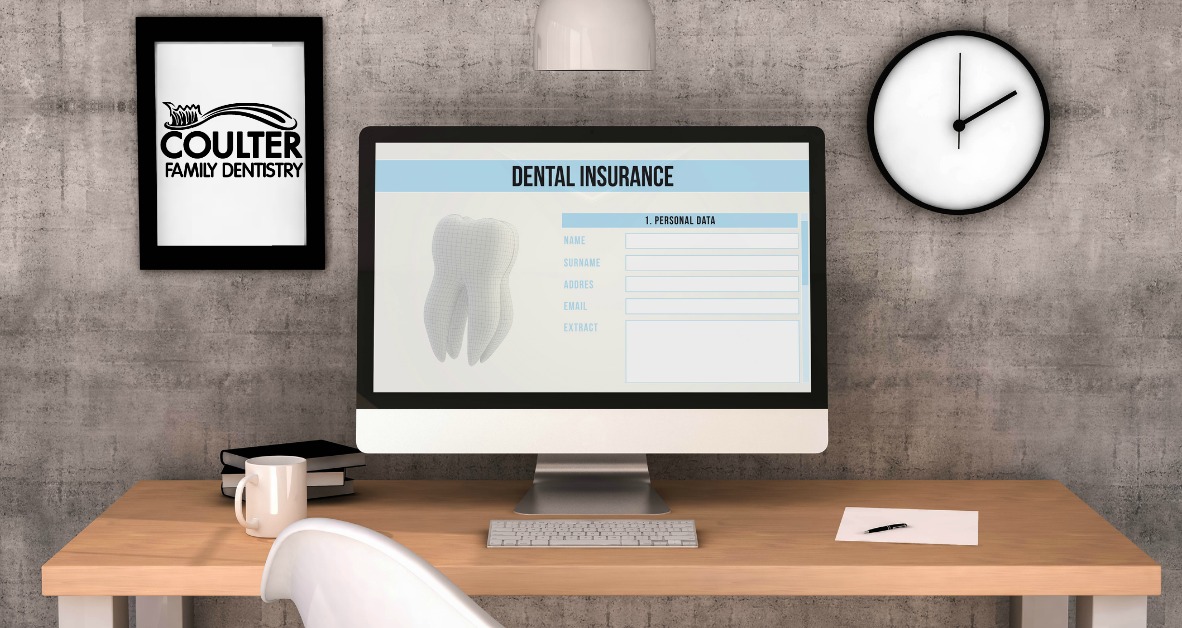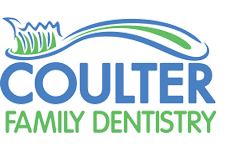
Lets Talk About Dental Insurance
Knoxville residents may enjoy the benefits of dental insurance for the first time this January but what exactly is dental insurance? Today we will discuss aspects of dental coverage as well as options for people without dental coverage.
How It Works– Dental insurance works similarly to medical insurance. Subscribers pay a specific monthly premium and receive certain dental benefits. Benefits usually include regular cleanings, exams and x-rays. When dental work such as crowns, fillings, root canals or extractions are required, dental insurance plans will usually pay a predetermined portion of the dental treatment. Some plans will provide broader coverage than others and include payment for treatment like braces or dental implants.
Plan Type – Many times when people call the office they expect us to know everything about their plan. Delta Dental of Tennessee, AETNA, Blue Cross Dental Insurance, United Healthcare and Cigna are all carriers of dental insurance plans in Knoxville. However, within each carrier there are hundreds of benefit plans. If an employer in Knoxville offers dental insurance, it is the employer who determines the term of the coverage. If an employer wants to pay less for coverage they may decide to require higher deductibles or lower annual maximums. Some employers will opt to only cover preventative services and leave it up to the employee to pay 100% of all other treatment. The more restrictive the plan, the less expensive the premiums will be for the person purchasing the plan.
Monthly premiums – This the the amount you pay per month for dental insurance.
Annual maximum – This is the maximum dollar amount that dental insurance will pay towards treatment each year. Even when procedures are covered at 100% there is an upper limit of the annual maximum. When dental insurance was introduced in the 60’s the annual maximum for most plans was $1,000. If insurance companies had increased the annual maximums at the same rate as inflation the annual maximum would be around $5,500. Today the average annual maximum ranges from $1,000-$1,500.
Coverage Amounts – Dental insurance usually pays for dental treatment as a percentage of what the insurance company thinks is a reasonable fee for the Knoxville area. A commonly found rate is 100-80-50-0. That is 100% for preventative services (cleanings, x-rays, exams), 80% for minor work (fillings or root canals), 50% for major work (crowns, bridges, dentures) and 0% for ancillary treatment such as braces. For example, an insurance company may determine that $1000 is a good price for a crown and will pay 50%, or $500. Other rates exist such as 90-20-0-0 and offer little financial benefit to the patient.
Deductibles – A deductible is a dollar amount that insurance requires the patient to pay before insurance benefits are applied. For example, many plans have a $75 deductible on fillings. That deductible is taken off the top. So, if your insurance determines that the going rate for a filling should be $100 and they pay at 80% they will pay $20 towards your filling. Here is the math:
$100 filling – $75 deductible = $25 paid at 80% = $20 of coverage from insurance
That leaves $80 to be paid by the patient for the $100 filling…and you thought THEY paid 80%! Obviously once your deductible is paid you reap greater benefits from your dental insurance, up to the annual maximum.
Least Expensive Alternative Treatment (LEAT) – Some plans may have treatment limitations where they dictate to the treating dentist what treatment is allowed. When there are several treatment options for a patient, the insurance company may dictate that the least expensive option be used, even if there are clear benefits to the patient in receiving superior treatment options. Looking at the filling example earlier, there are two basic type of fillings.
- Tooth-colored composite fillings that are made of a white resin material bonded to the tooth.
- Silver-colored amalgam fillings that are made primarily of mercury and other metals. Amalgam fillings are made of cheaper materials and require less time and skill to complete.
The dental insurance company may decide that they only want to allow silver fillings and will not allow white fillings. This is dangerous because it may cause patients to receive sub-optimal dental treatment, all due to insurance mandates. The insurance company may decide that they will pay their portion of the treatment at the dollar rate of an amalgam filling and then leave the patient responsible for the remaining balance.
Conclusions
Simply stated, dental insurance really isn’t insurance. It is more like a coupon to help patients with the cost of most regular dental expenses. It provides a little bit of help for minor treatment but that is quickly capped at the 1960’s level annual maximum. If you look at home or auto insurance, it is meant to cover high unexpected expenses due to catastrophic events, not routine maintenance for which you can plan. Dental insurance, offers more coverage for routine services but little coverage for major treatment.
When shopping for dental insurance around Knoxville it is best to consider if you can keep your current dentist and see if any plan limitations exist. If may be prudent to compare the dental insurance premiums with your dentist’s fees for cleanings and x-rays. If you have good oral hygiene it could be beneficial to just forgo dental insurance and pay for treatment out of pocket. The bottom line is to be an informed consumer when looking for a dental insurance plan, and of course to minimize your need for treatment by brushing and flossing daily!



